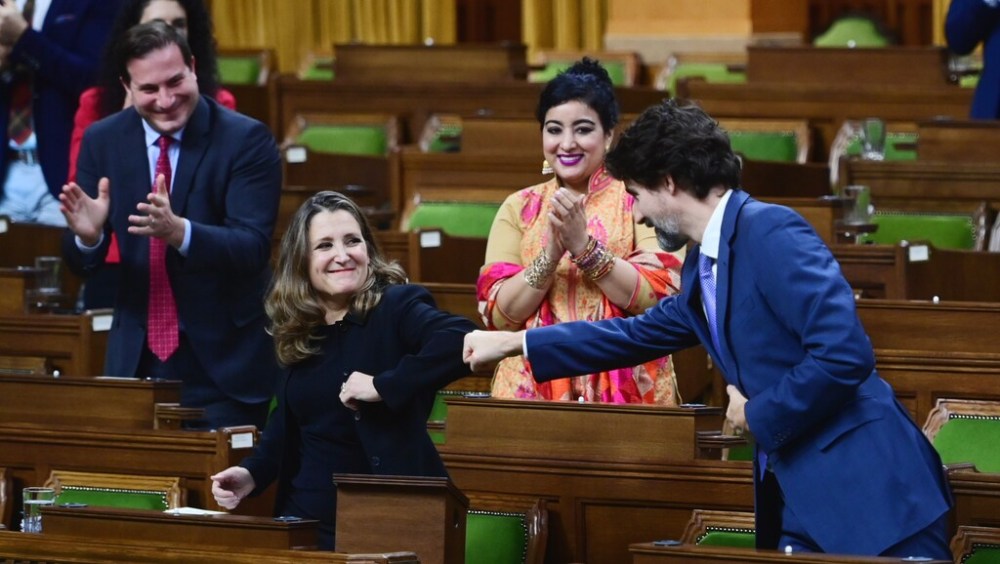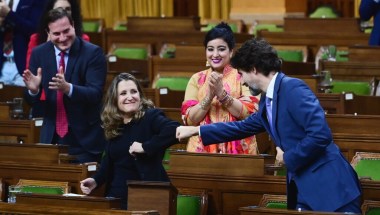Ringing up debt, future on hold
Read this article for free:
or
Already have an account? Log in here »
To continue reading, please subscribe:
Monthly Digital Subscription
$0 for the first 4 weeks*
- Enjoy unlimited reading on winnipegfreepress.com
- Read the E-Edition, our digital replica newspaper
- Access News Break, our award-winning app
- Play interactive puzzles
*No charge for 4 weeks then price increases to the regular rate of $19.00 plus GST every four weeks. Offer available to new and qualified returning subscribers only. Cancel any time.
Monthly Digital Subscription
$4.75/week*
- Enjoy unlimited reading on winnipegfreepress.com
- Read the E-Edition, our digital replica newspaper
- Access News Break, our award-winning app
- Play interactive puzzles
*Billed as $19 plus GST every four weeks. Cancel any time.
To continue reading, please subscribe:
Add Free Press access to your Brandon Sun subscription for only an additional
$1 for the first 4 weeks*
*Your next subscription payment will increase by $1.00 and you will be charged $16.99 plus GST for four weeks. After four weeks, your payment will increase to $23.99 plus GST every four weeks.
Read unlimited articles for free today:
or
Already have an account? Log in here »
Hey there, time traveller!
This article was published 02/12/2020 (1837 days ago), so information in it may no longer be current.
There was a glaring omission in this week’s fall economic statement from the Trudeau government: it doesn’t say how hundreds of billions of dollars in new federal debt will be repaid.
The 226-page financial update, released Monday by Finance Minister Chrystia Freeland, outlines a wide range of ambitious spending plans over the coming years. Much of it is to pay for COVID-19 pandemic costs, including damage caused by punishing economic shutdowns. Some of it is designed to address longstanding inequities faced by women and minority groups.
The Liberal government wants to use the economic recovery to “build back better.”

Those are laudable goals, but without a sustainable framework to pay for it, the Trudeau government is creating inter-generational inequity: it is saddling future generations with crushing levels of debt.
Ottawa’s fiscal intervention during the novel coronavirus pandemic was crucial to avoiding a deep and prolonged recession. Without it, Canadians would surely have suffered years of double-digit unemployment and record bankruptcies. The roll-out of some of those programs was clumsy and could have been better designed, but the need to get money into the hands of consumers and businesses as quickly as possible was critical.
The question now is: how do Canadians pay for it?
Does Ottawa return to balanced budgets once the economy has recovered and start chipping away at the debt (expected to hit $1.1 trillion next year, up from $721 billion in 2019-20)? Or does it keep running deficits and allow debt to climb to a projected $1.4 trillion by 2025-26?
The Trudeau government has chosen the latter.
The Liberals are promising time-limited deficits (though they don’t say exactly when they plan to balance the books). This year’s projected $381.6-billion shortfall is expected to decline to $24.9 billion by 2025-26, according to the fall economic statement. Debt will rise from 31 per cent of GDP in 2019-20 to an estimated 55.5 per cent in 2023-24.
That’s historically high, but still less than it was in the 1990s. More importantly, Liberals argue, today’s rock-bottom interest rates will ensure debt servicing costs remain at, or near, one per cent of spending. (It was more than six per cent in the 1990s.)
Even if interest rates climb in the coming years, taxpayers will be insulated from higher debt costs because government is shifting to more long-term borrowing, the Trudeau government says: “Government is taking advantage of these historically low rates to lock in debt at affordable rates for decades to come.”
It seems borrowing conditions are so favourable, Prime Minister Justin Trudeau is convinced there’s no limit to how much he can spend. It’s as if he’s found his own Rumpelstiltskin.
There are two problems with this scenario.
First, the prime minister has a poor record of keeping his balanced budget commitments. Trudeau pledged in 2015 he would run three years of $10-billion deficits, followed by a balanced budget in 2019. He posted four years of growing deficits instead, ending with a shortfall of $39.4 billion in 2019-20 (of which $7.2 billion was related to fighting COVID-19). That was during relatively good economic times.

Considering Trudeau’s fiscal record, that trend will likely continue.
The second problem is government’s claim it can borrow more because of today’s lower interest rates.
To its credit, the federal government is increasing the proportion of 10-year and 30-year bonds it plans to issue. That will lock in low rates for those periods, but more than 70 per cent of federal bonds issued this year are expected to be in the range of two to five years.
Government plans to shift more borrowing to long-term bonds over time, but Ottawa will still have short-term debt that has to be refinanced, likely at higher rates. As it is, debt financing charges are projected to increase from $20.2 billion this year to $34.3 billion in 2025-26. That could climb rapidly if interest rates rise.
There is no such thing as free money. Government can’t spin straw into gold.
The belief government can pile up record levels of debt without impacting future generations is a fairy tale.
tom.brodbeck@freepress.mb.ca

Tom has been covering Manitoba politics since the early 1990s and joined the Winnipeg Free Press news team in 2019.
Our newsroom depends on a growing audience of readers to power our journalism. If you are not a paid reader, please consider becoming a subscriber.
Our newsroom depends on its audience of readers to power our journalism. Thank you for your support.






